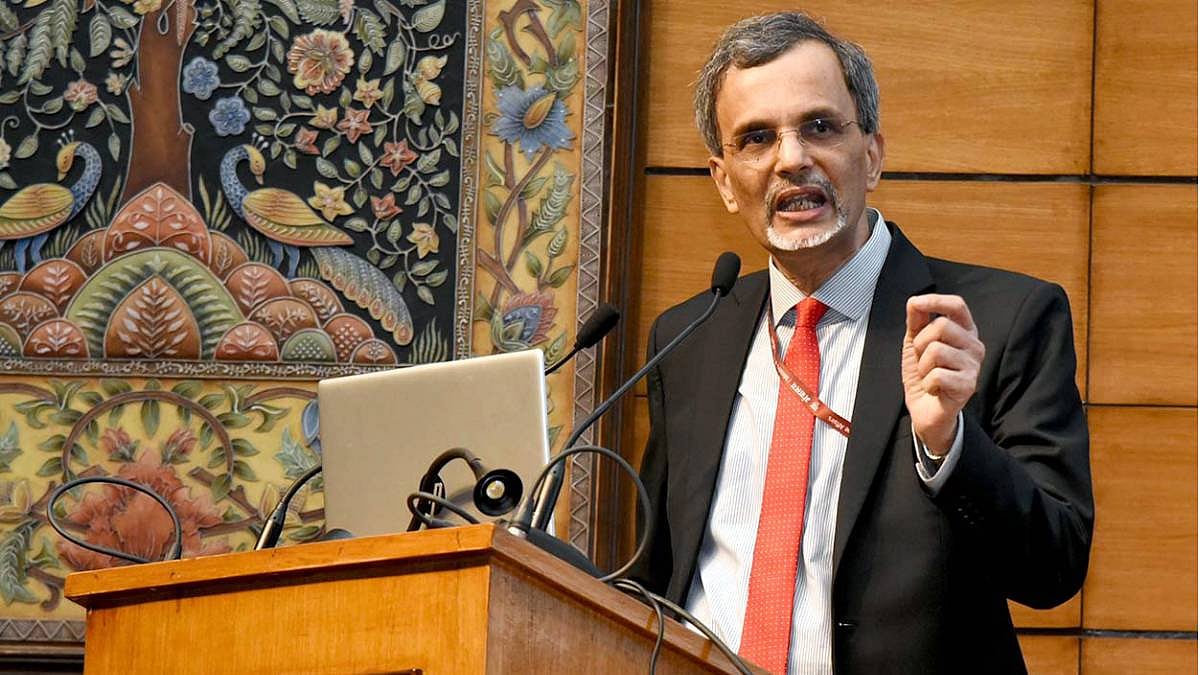Risk of stagflation currently in India remains very low, with a probability of only 3 per cent, notwithstanding a sharp pick-up in inflation, said the RBI's latest Bulletin on Thursday. Stagflation is the phase when an economy faces moderation in GDP growth and high inflation.
An article on 'State of the Economy' in the August Bulletin also underlined that in this stressed global environment, the Indian economy is gathering momentum in the second quarter of 2023-24.
Domestic drivers such as private consumption and fixed investment are offsetting the drag from the contraction in exports.
Inflation
The uptick in inflation in its June reading mutated in July, with the unprecedented shock to tomato prices spilling over to prices of other vegetables, said the article on 'State of the Economy'.
"While core inflation witnessed a moderation, headline inflation is expected to average well above 6 per cent in the second quarter," it said.

The article has been authored by a team led by Reserve Bank Deputy Governor Michael Debabrata Patra.
The central bank, however, said the views expressed in the article are of the authors and do not represent the views of the Reserve Bank of India.
Retail Inflation
The consumer price index (CPI) based retail inflation shot up significantly to 7.44 per cent in July from 4.87 per cent in the preceding month, mainly due to soaring prices of tomato, vegetables and other food items.
"It is noteworthy that despite the sharp pick-up in inflation, the risk of stagflation remains low at the current juncture," the article said.
The COVID-19 pandemic followed by the war in Ukraine rekindled concerns about stagflation - a combination of economic stagnation with high inflation, the article said, quoting World Bank. Weaker long-term global growth prospects and persistent inflation have intensified this risk more recently.

Evidence from 22 economies, particularly those heavily reliant on non-commodity exports, indicates that higher commodity prices and the US dollar appreciation are key factors contributing to the risk of weak economic growth and high inflation, particularly in emerging market economies (EMEs), it noted.
India has historically faced multiple episodes of simultaneous occurrence of high inflation and low growth.
Stagnation risks remain low
It further said historical analysis shows that high stagflation risks were encountered during certain periods, such as the Asian Crisis (1997-98), the Global Financial Crisis (2007-09), the taper tantrum (2013) and the COVID-19 pandemic.
"Currently, however, stagflation risk remains low for India with a probability of only 3 per cent with the easing of financial conditions, stability of the INR/USD exchange rate and steady domestic fuel prices," the article said.
High vegetable prices
It also said high-frequency food price data for August so far (up to the 14th) show that prices of cereals and pulses continued to increase in August. Edible oil prices continued to decline in July-August.
Tomato prices, on average, registered a further increase in August so far, although more recent data indicate some pullback in rates. Onion and potato prices also registered sequential upticks, it added.
RBI's MPC meet
Earlier this month, the RBI's rate-setting panel Monetary Policy Committee (MPC) retained its forecast of economic growth at 6.5 per cent for 2023-24, noting that domestic economic activity is holding up well, supported by domestic demand in spite of the drag from weak external demand.
It also revised upwards its projection of inflation, taking into account the recent price surges in the food category of the CPI.
The main revisions relate to the projections for the second and third quarters, with the forecast for the fourth quarter unchanged.
According to the article, high-frequency food price data for August so far (up to 14th) show that prices of cereals and pulses continued to increase in August.
Edible oil prices continued to decline in July-August.










